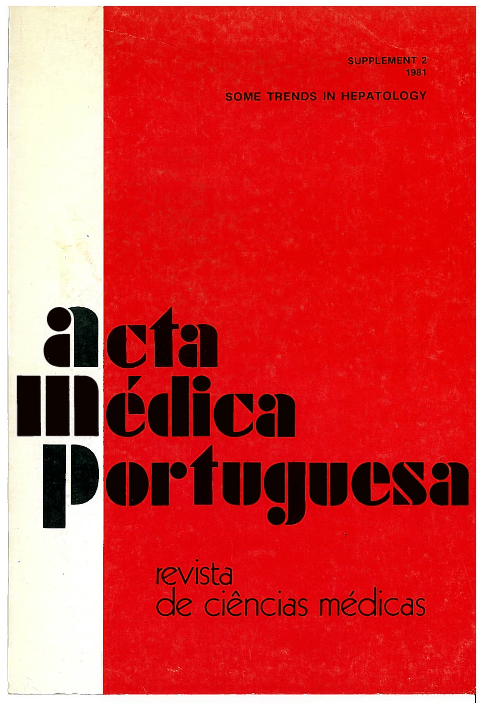The haematology of liver disease.
DOI:
https://doi.org/10.20344/amp.3910Abstract
In the early weeks of foetal development the liver is the main site of production of red cells, white cells and platelets. With increasing maturity of the foetus, this function is taken over by the bone marrow, but the liver still retains a potential for haemopoiesis even in adult life. After birth the major active role of the liver in relation to the blood is in the destruction and removal of red cells, and the synthesis of coagulation factors and transferrin, the carrier protein for iron. It is an important storage organ for Vitamin B12 and to a lesser extent folic acid and iron. The main haematological consequence of liver disease is the development of red cell abnormalities and anaemia due to a variety of causes; white cell changes occur less commonly and are rarely of diagnostic importance. Coagulation abnormalities and thrombocytopaenia are frequently found in liver disease and may present problems in patient management.
Downloads
Downloads
How to Cite
Issue
Section
License
All the articles published in the AMP are open access and comply with the requirements of funding agencies or academic institutions. The AMP is governed by the terms of the Creative Commons ‘Attribution – Non-Commercial Use - (CC-BY-NC)’ license, regarding the use by third parties.
It is the author’s responsibility to obtain approval for the reproduction of figures, tables, etc. from other publications.
Upon acceptance of an article for publication, the authors will be asked to complete the ICMJE “Copyright Liability and Copyright Sharing Statement “(http://www.actamedicaportuguesa.com/info/AMP-NormasPublicacao.pdf) and the “Declaration of Potential Conflicts of Interest” (http:// www.icmje.org/conflicts-of-interest). An e-mail will be sent to the corresponding author to acknowledge receipt of the manuscript.
After publication, the authors are authorised to make their articles available in repositories of their institutions of origin, as long as they always mention where they were published and according to the Creative Commons license.









